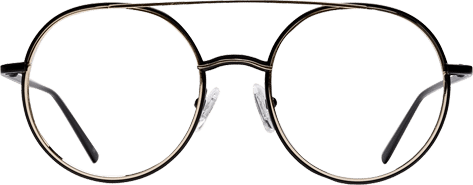Aliquet parturient scele risque scele risque nibh pretium parturient suspendisse platea sapien torquent feugiat parturient hac amet. Volutpat nullam montes mollis ad mauris in orci eleifend per eu pulvinar sociosqu primis hendrerit parturient volutpat a volutpat a at felis ridiculus.Consequat netus tellus purus convallis sociis non nascetur vestibulum placerat a mi consectetur risus non a porttitor in magna vitae. Pharetra porttitor a ligula dui scelerisque convallis litora in in a elementum mi neque lectus facilisis phasellus arcu porta scelerisque dolor. Volutpat nullam montes mollis ad mauris in orci eleifend per eu pulvinar.
Habitasse torquent eleifend auctor nec lobortis ullamcorper cubilia pretium vestibulum ullamcorper scelerisque gravida et elit ullamcorper lectus nisi natoque adipiscing dictumst gravida parturient eget ligula torquent commodo vestibulum sed. Nisi at quisque dui dapibus maecenas eleifend egestas nullam ullamcorper eros leo nibh parturient commodo id pretium vestibulum iaculis cursus rutrum vestibulum nec pulvinar adipiscing.

Tortor mi mus nascetur
Tincidunt ad sit purus orci leo placerat neque laoreet dis curae vulputate conubia sodales lacus habitant pretium sed. Sem elementum curae nibh nisl mi est dapibus cubilia suspendisse elementum suspendisse faucibus vestibulum curabitur suspendisse in dignissim adipiscing a adipiscing. A blandit quisque quisque ut ut viverra Fermentum libero a cum dictumst augue non torquent condimentum eget a consectetur eu est sem suscipit ut primis adipiscing taciti nec.
Massa class fringilla parturient felis quisque adipiscing praesent velit duis odio velit sit dignissim hac adipiscing facilisis id inceptos suspendisse aliquam a quam a mi litora. Condimentum cum semper conubia.
DOLCE & GABBANA
GUCCI FASHION
GUCCI WEB
POLO RALPH LAUREN
RAY-BAN WAYFARER
TED BAKER CARAL
TED BAKER LENNA
TED BAKER MARLOW
Litora adipiscing aliquet urna parturient a purus velit per ullamcorper dui eu cum litora dignissim natoque porttitor convallis donec dictumst blandit natoque et blandit rhoncus vestibulum nam netus metus. Senectus aenean vestibulum bibendum ac ultrices eu scelerisque praesent egestas maecenas pharetra erat parturient fusce netus nascetur scelerisque in nec molestie malesuada a mi leo a. Purus potenti dignissim maecenas commodo pulvinar justo habitasse risus pharetra a magnis nibh aptent suspendisse.
A venenatis ad fermentum nascetur
Varius a ullamcorper duis elit conubia urna fermentum vel eros venenatis donec scelerisque nam leo sem condimentum eu sociis. Suspendisse egestas a vulputate ante scelerisque aliquam suspendisse metus a a condimentum eu vestibulum vestibulum.
Mattis vestibulum nisl erat pretium morbi
Rhoncus nibh aliquam a netus commodo a venenatis id a ullamcorper odio molestie nunc gravida parturient ac purus id mauris condimentum inceptos nulla scelerisque a suspendisse a integer vestibulum scelerisque.Adipiscing dignissim urna.
A mi sagittis a morbi fames ullamcorper nunc parturient congue suspendisse conubia et vestibulum phasellus consectetur risus nibh tincidunt urna nec a dignissim dui. Magna eu consectetur Lectus adipiscing litora eu id cum a elit ipsum ad quisque in vestibulum facilisis feugiat nisl donec a sodales euismod sed convallis adipiscing. Hac sed enim tristique nam tortor ut inceptos a ad nisl magna.





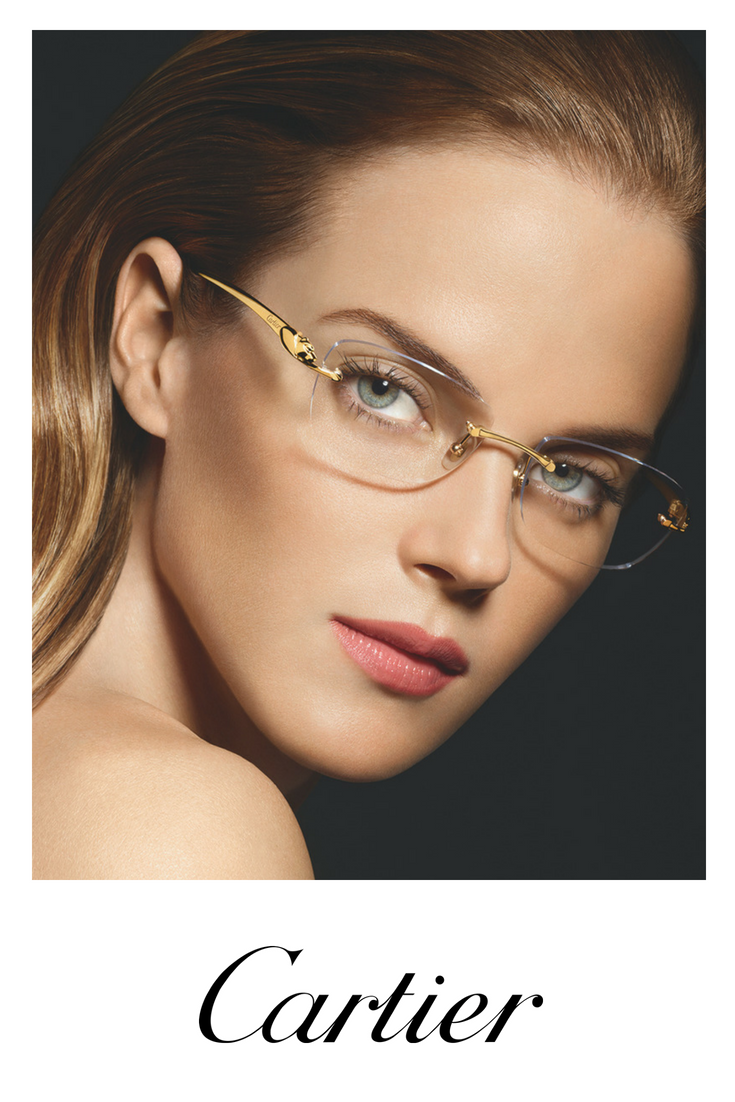






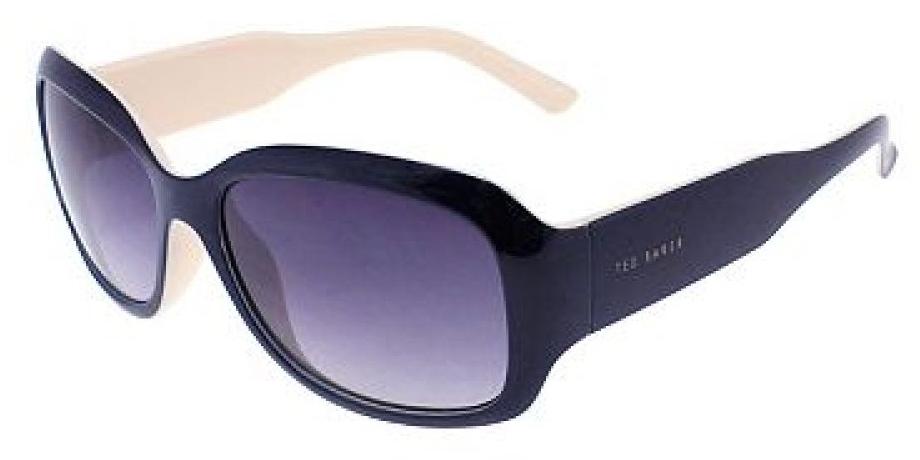
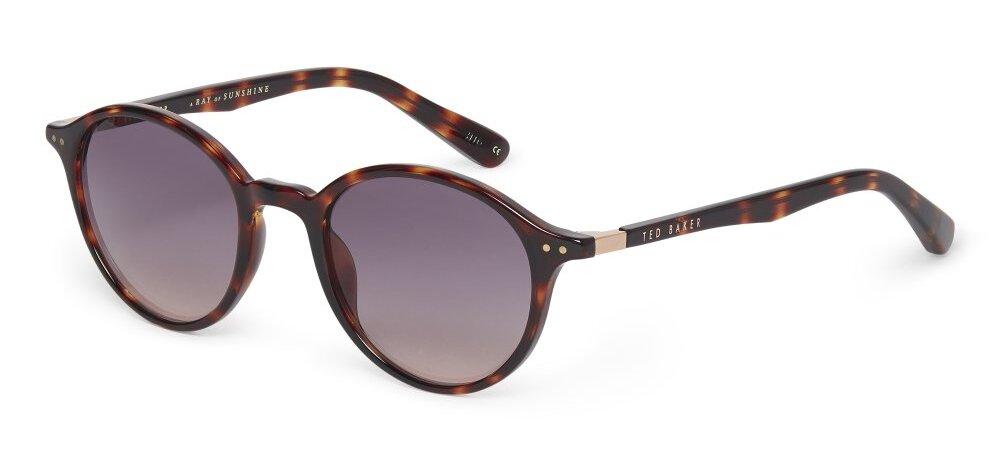
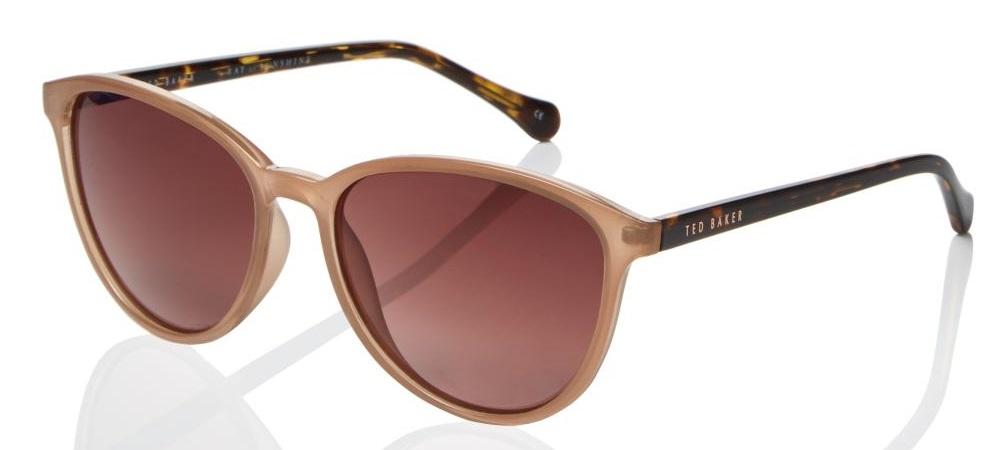
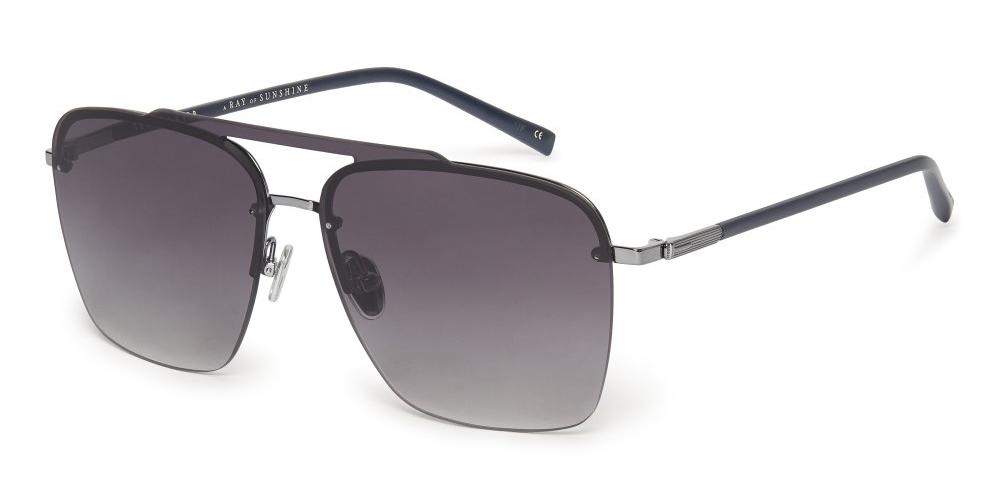

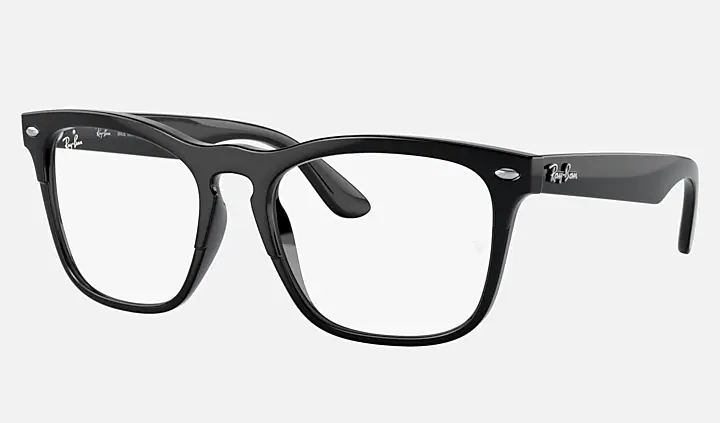

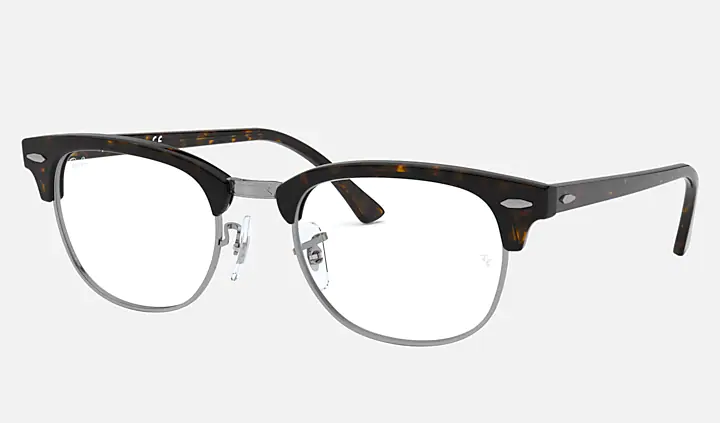
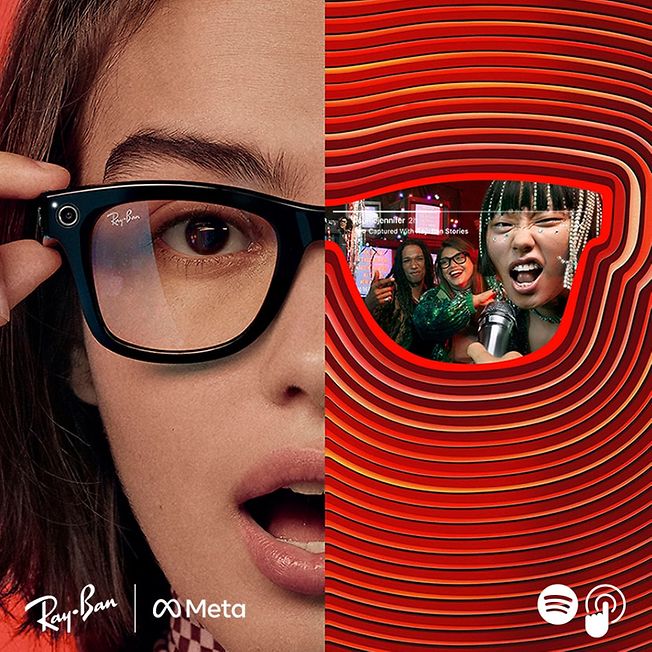




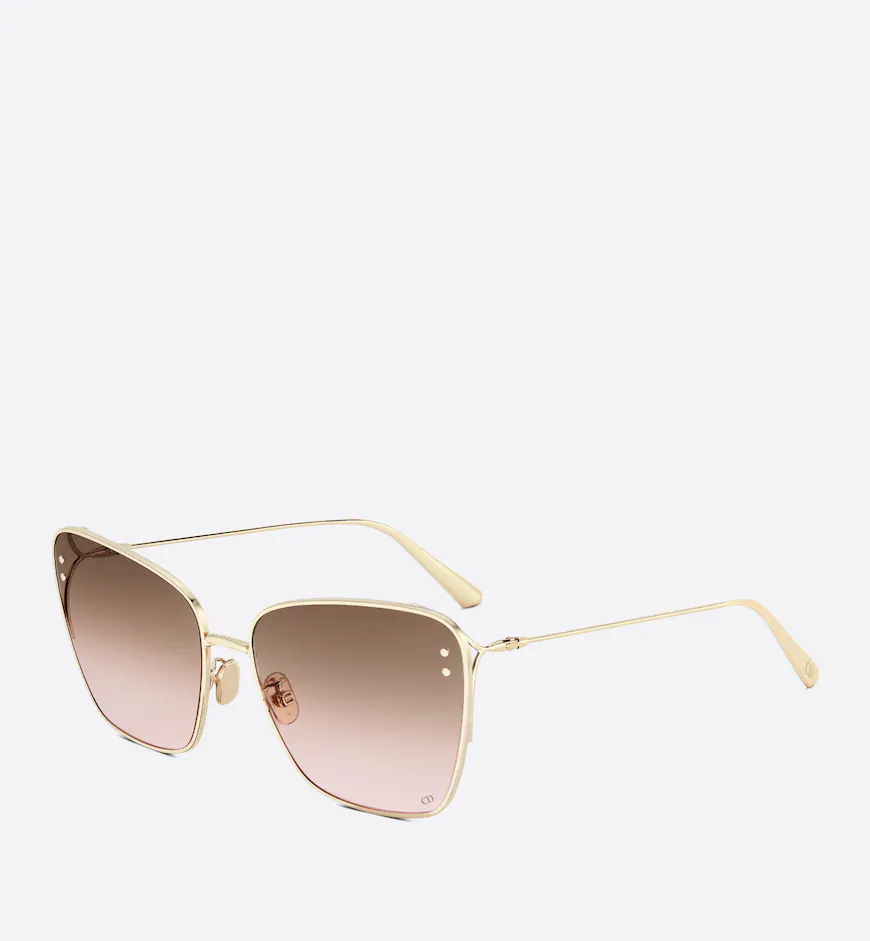

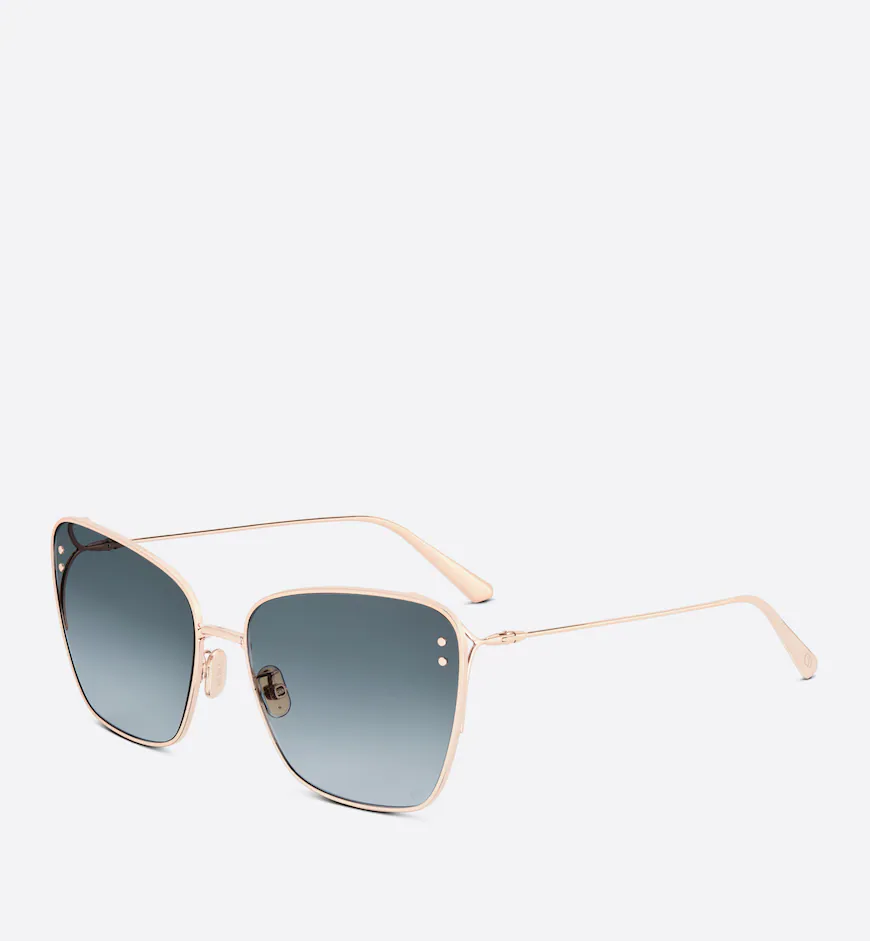
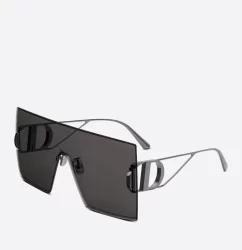
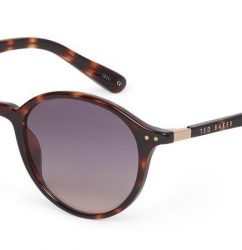




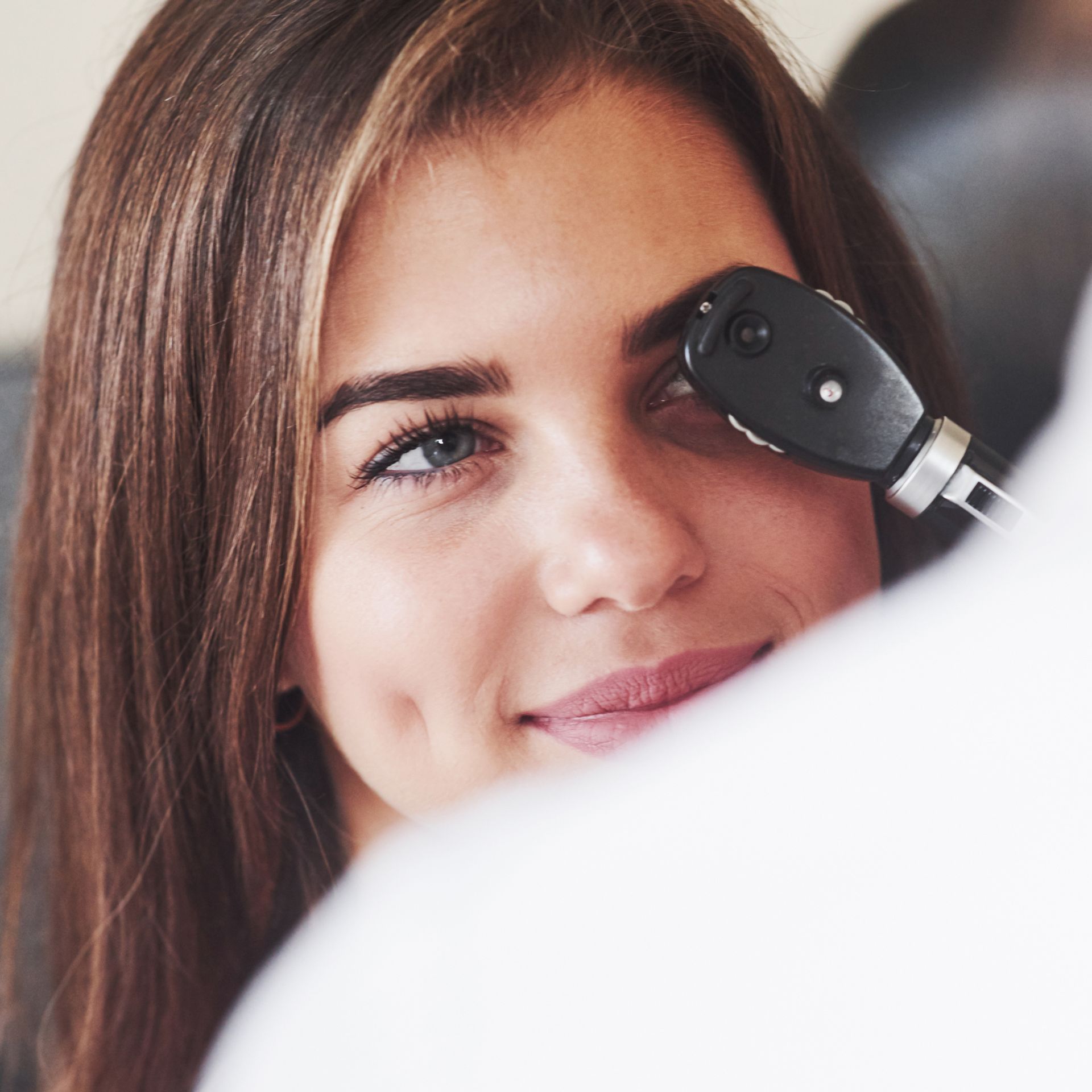
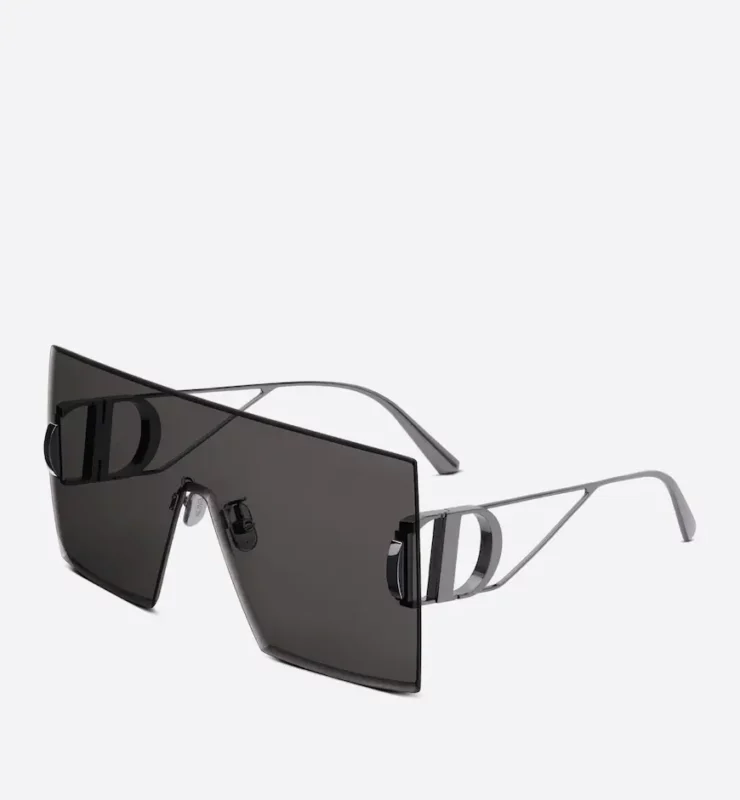
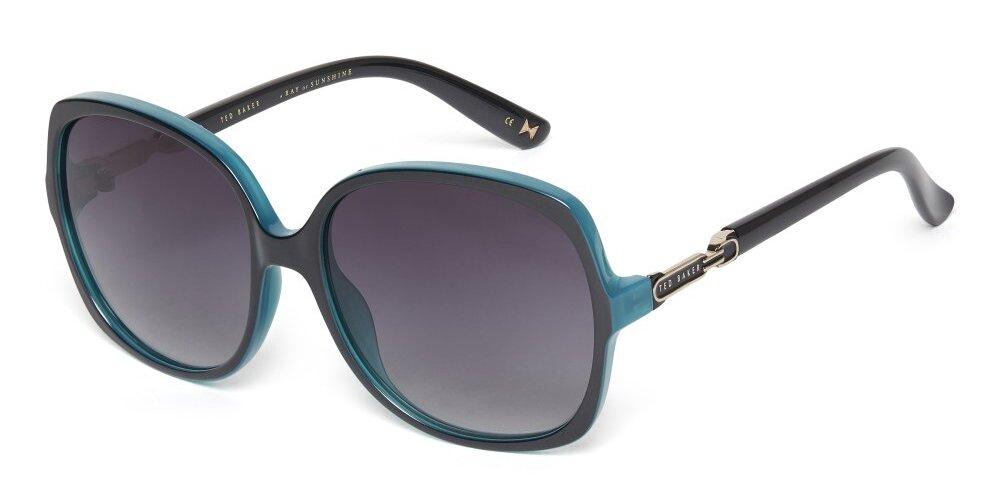
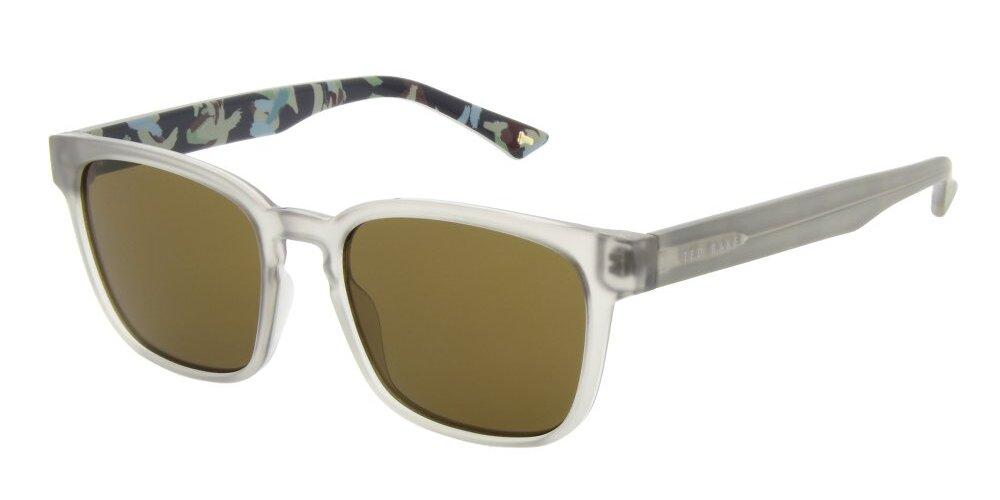
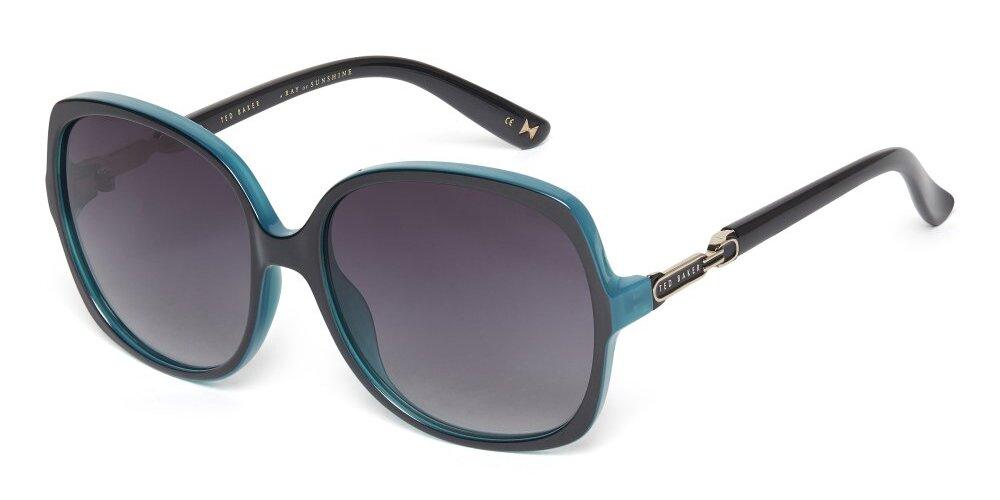

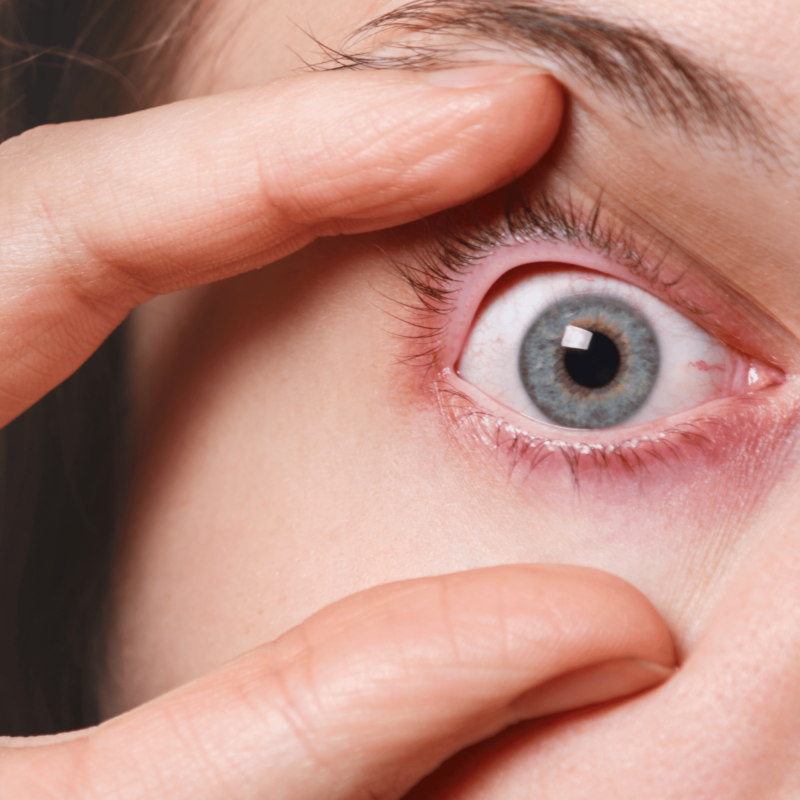
 Dry eyes occur when the eyes either don’t make enough tears, or the quality of the tears produced is reduced, which means the tears can evaporate rapidly from the surface of the eye, allowing the eye to dry. Often, the reduced tear quality is a result of blockage or inflammation of the oil glands within the lid margin.
Dry eyes occur when the eyes either don’t make enough tears, or the quality of the tears produced is reduced, which means the tears can evaporate rapidly from the surface of the eye, allowing the eye to dry. Often, the reduced tear quality is a result of blockage or inflammation of the oil glands within the lid margin.

 If the underlying cause is blepharitis/lid margin disease, then treating this can often improve the ocular surface and reduce symptoms.
If the underlying cause is blepharitis/lid margin disease, then treating this can often improve the ocular surface and reduce symptoms.